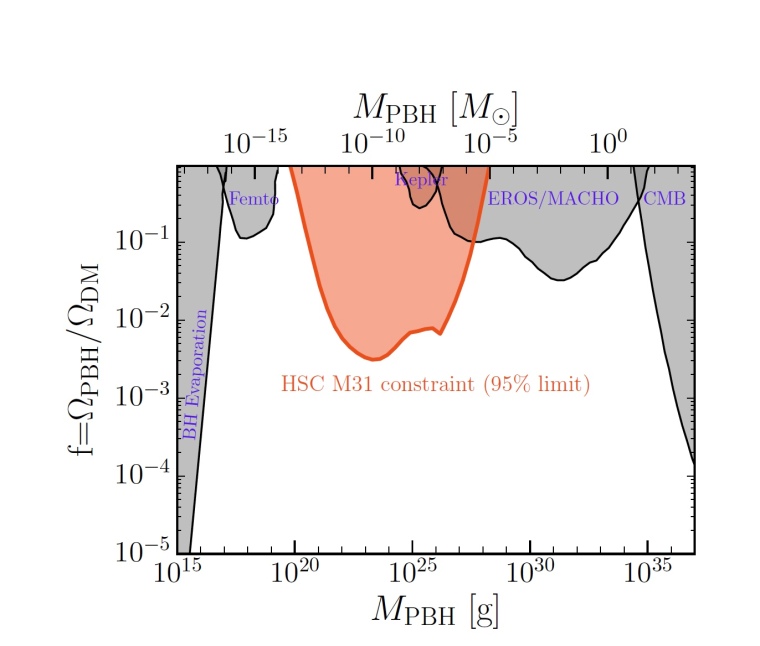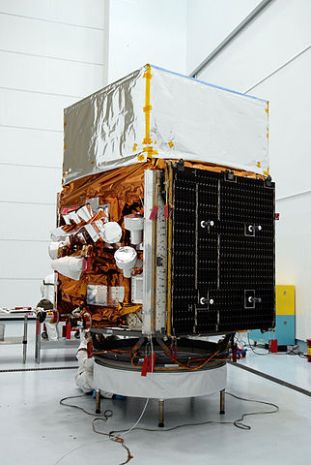Dibaryons
Imagine you smash a proton and neutron together. What do you get? Typically you get a deuteron which is the nucleus of deuterium, heavy hydrogen. Deuterium has one electron in its neutral atomic state. And it has two baryons, the proton and neutron, so it is known as a dibaryon.
Now as you have heard, protons and neutrons are really quark triplets, held together by gluons in bound configurations. A proton has two up quarks (electric charge +2/3) and a down quark (charge -1/3) for a net charge of +1 and a neutron has two down quarks and an up quark for a net charge of 0.
These are the two lightest quarks and protons and neutrons are by far the dominant components in the ordinary matter in the universe, mostly as hydrogen and helium.
Quarks, protons, and neutrons are all fermions, particles with half-integer spins (1/2, 3/2, -1/2, etc.).
The other main class of particles is called bosons, and that class includes photons, gluons, the W and Z of the weak interaction, and the never directly observed graviton. They all have integer spins (typically 1, but 0 for the Higgs boson, and 2 for the graviton).

Figure 1: The Standard Model major particles: quarks (purple), leptons (green), force carrier bosons (orange), Higgs boson (yellow) with mass, charge, spin indicated.
Six quarks in a Bag
Suppose you collided a proton and neutron together, each with three quarks, and you ended up with a single six quark particle that was stable. It would be a more exotic type of dibaryon. It would have three up quarks, three down quarks, and it would not be a fermion. It would be a boson, with integer spin, spin 0 or 1, in this case. It would be six quarks in a bag, a bound state held together by gluons.

Figure 2. Six quarks in a bag, a hexaquark

Figure 3. The d* resonance at 2.38 GeV, observed at the Cooler Synchrotron in Julich, Germany
Such a particle has been discovered in the past decade, and is named the d* hexaquark. It is seen as the resonance in Figure 3 above, found in proton-neutron collisions, and has a mass of 2.38 GeV (for reference the proton mass is 0.935 GeV and the neutron mass is 0.938 GeV). It decays to a deuteron and two pions, either neutral as shown in the figure, or charged pions.
It is also possible to produce a d* by irradiating a deuteron with a gamma ray.
The d* was already predicted by the famed mathematician and physicist Freeman Dyson in 1964, working with his collaborator Xuong. Their mass estimate was quite close at 2.35 GeV, using a simple quark model.
Dyson just passed away recently; you may have heard of his Dyson sphere concept. The idea is that an advanced civilization would build a sphere of solid material surrounding its star in order to hold an extremely large population and absorb virtually all of the star’s energy. Larry Niven modified this to a ring in his 1970 sci-fi novel Ringworld.
Hexaquark dark matter
Azizi, Ageav, and Sundu have recently suggested a hexaquark of the form uuddss, that is, two up, two down, and two strange quarks. Their mass estimate is around 1.2 GeV, half that of the d* composed of only up and down quarks. It is expected to be stable with long lifetime.
And also recently, Bashkanov and Watts at the University of York have made a nice proposal that d* could be the dark matter particle. The d* particle is itself unstable, but they propose that stable condensates with many d* particles could form. Their paper, “A New Possibility for Light-Quark Dark Matter” is here:
https://iopscience.iop.org/article/10.1088/1361-6471/ab67e8/pdf
The d* has one great advantage over the other proposed particles, it has actually been discovered! The d* has a good sized mass for a dark matter candidate, at about 2.5 times the mass of the proton.
The authors find that the d* could form lengthy chains or spherical condensates with thousands to millions of d* particles. Unlike individual d* particles, the condensates could be stable ‘super atoms’ lasting for billions of years.
However to make this work the binding energy would have to exceed the difference between the 2.38 GeV d* mass and the deuteron mass of 2.014mGeV, thus would have to be greater than about 0.4 GeV.
The d* would be produced thermally when the universe was at temperatures in the range from 1 to 3 trillion Kelvins. The condensates would need to form quickly before individual d* particles of short lifetimes decayed away.
The favored candidates for dark matter have been WIMPs, supersymmetric particles. But no supersymmetric particle has ever been detected at the Large Hadron Collider or elsewhere, which is incredibly disappointing for many particle physicists. The other main candidates have been the axion and sterile neutrino, both quite low in mass. These have never been directly detected either; they remain hypothetical.
The d* particle is a boson, and the authors’ theoretical approach is that in the early universe as it cooled, both baryons and dibaryonic matter froze out. The baryons ended up, after the cosmic nucleosynthesis phase as protons, deuterium dibaryons, and helium nuclei (alpha particles, that are composed essentially of two deuterons), the main constituents of ordinary matter.
What would happen to d* under the early conditions of the Big Bang? Bosons like to clump together, into something called Bose-Einstein condensates. Yes, that Einstein. And that Boson. Bose-Einstein statistics were developed in the 1920s and govern the statistics of bosons (integer spin particles), and differ from that of fermions.
To confirm this model would require astronomical observations or cosmic ray observations. Decays of d* particles could result in gamma ray production with energies up to 0.5 GeV. Their decay products might also be seen as upward moving cosmic rays, in Earth-bound cosmic ray experiments. These would be seen coming up through the Earth, unlike normal cosmic rays that cannot penetrate so much ordinary matter, and the decay events would result in gamma rays, nucleons and deuterons, as well as pions as the decay products.
Additional reference: http://www.sci-news.com/physics/dark-matter-particle-d-star-hexaquark-08188.html














 Fermi satellite payload, photo credit: NASA/Kim Shiflett
Fermi satellite payload, photo credit: NASA/Kim Shiflett